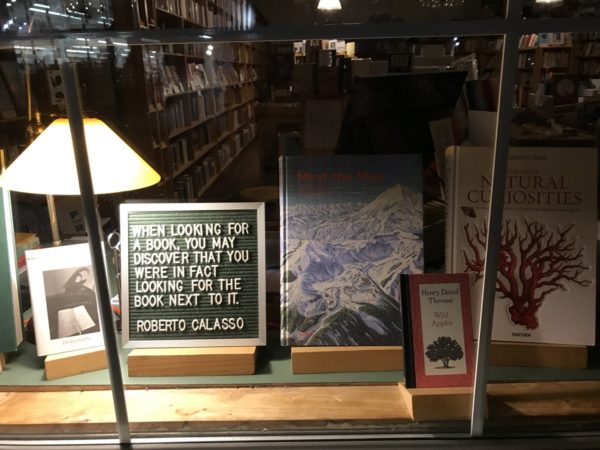
After being open for browsing by the public for over a hundred years, the Picture Collection of the New York Public Library will be soon archived and visitors will have to request specific items in order to gain access.
Many NYC artists and designers I know are upset about this development, arguing that by essentially switching from a browsing model to a request/search model the collection will lose its creative magic. (Learn more about how you can get involved at Friends of the Picture Collection.)
“You see the people go through it and touch it and have the spontaneity of discovery,” said Taryn Simon, the Conceptual artist who has been photographing the Picture Collection’s treasures for nine years, making collages that can currently be seen at Gagosian. “It’s so multidimensional. It just keeps swirling. I think of it as a performance piece or an installation.”
The most beautiful and convincing case for I’ve read so far is Leanne Shapton’s “In Defense of Browsing,” in which she discusses visual literacy vs. verbal literacy, argues for the role of spontaneity in creative research, and explains how different it is to browse materials vs. requesting materials with words:
The feeling of fortuitous gratitude at coming across unexpected information is something most of us who’ve done any research, have experienced — that kismet of finding the perfect book, one spine away from the one that was sought. In the field of art and image research, this sparking of transmission, of sequence and connection, happens on a subconscious level…. If the library’s plan succeeds, people looking for pictures they have never seen will have to spell out what they think they want, and wait, possibly for hours, while that one thing — but nothing alongside it or related to it — is retrieved by someone else. There will be no time or quiet space to look, sift, think.
In summary, she writes, “Spontaneity is learning. Browsing is research.”

The longer I write books and the longer I research the more I believe in the power of finding what you didn’t know you were looking for. A search box gets you what you asked for, but that’s rarely enough.
As more and more collections go digital and bookstores switch to on-demand models, we will have to deal with what is lost when browsing is lost.
As I wrote ten years ago in Steal Like an Artist of the “serendipity of the stacks”: “There’s magic in being surrounded by books. Get lost in the stacks. Read bibliographies. It’s not the book you start with, it’s the book that book leads you to.”